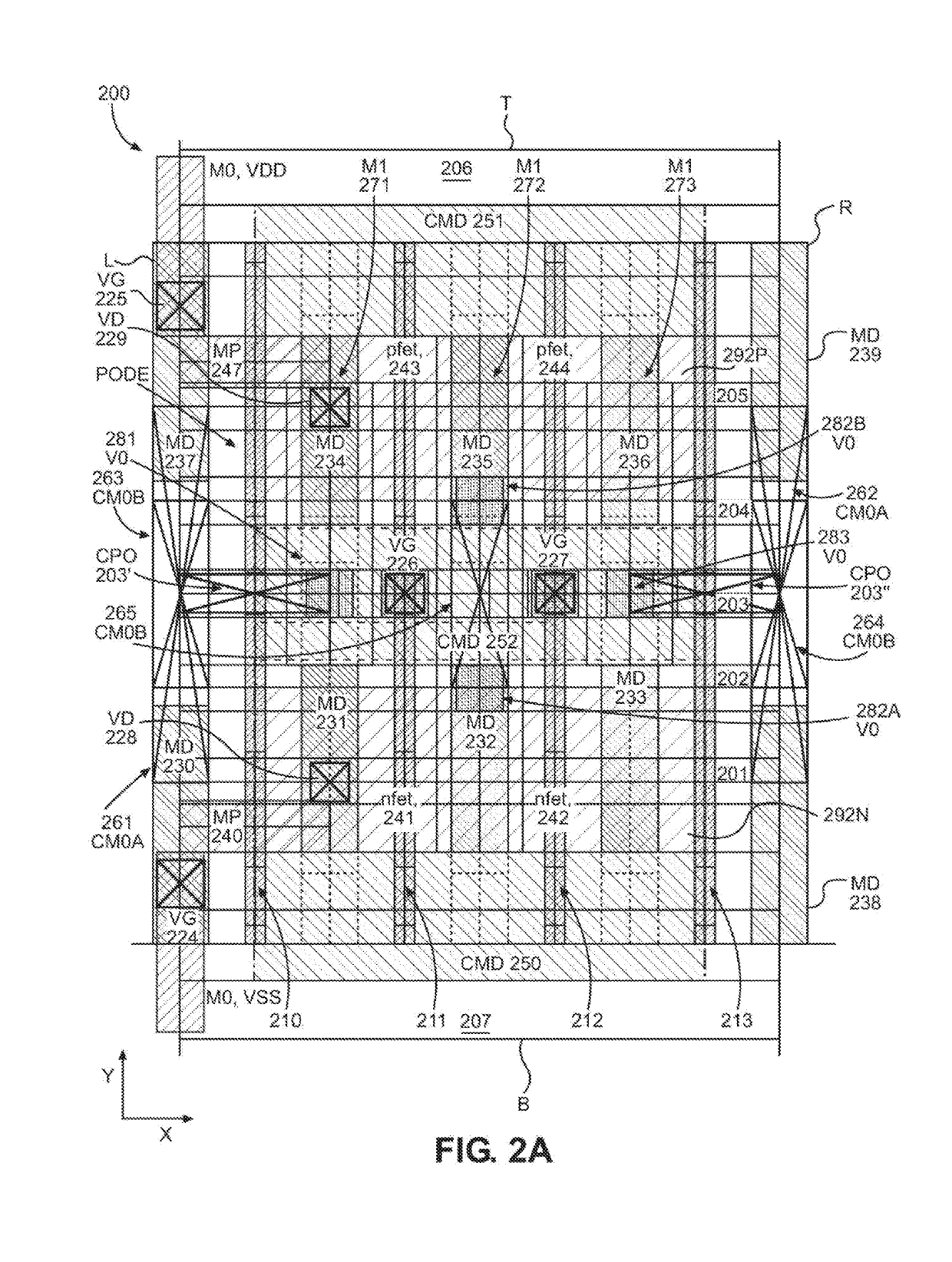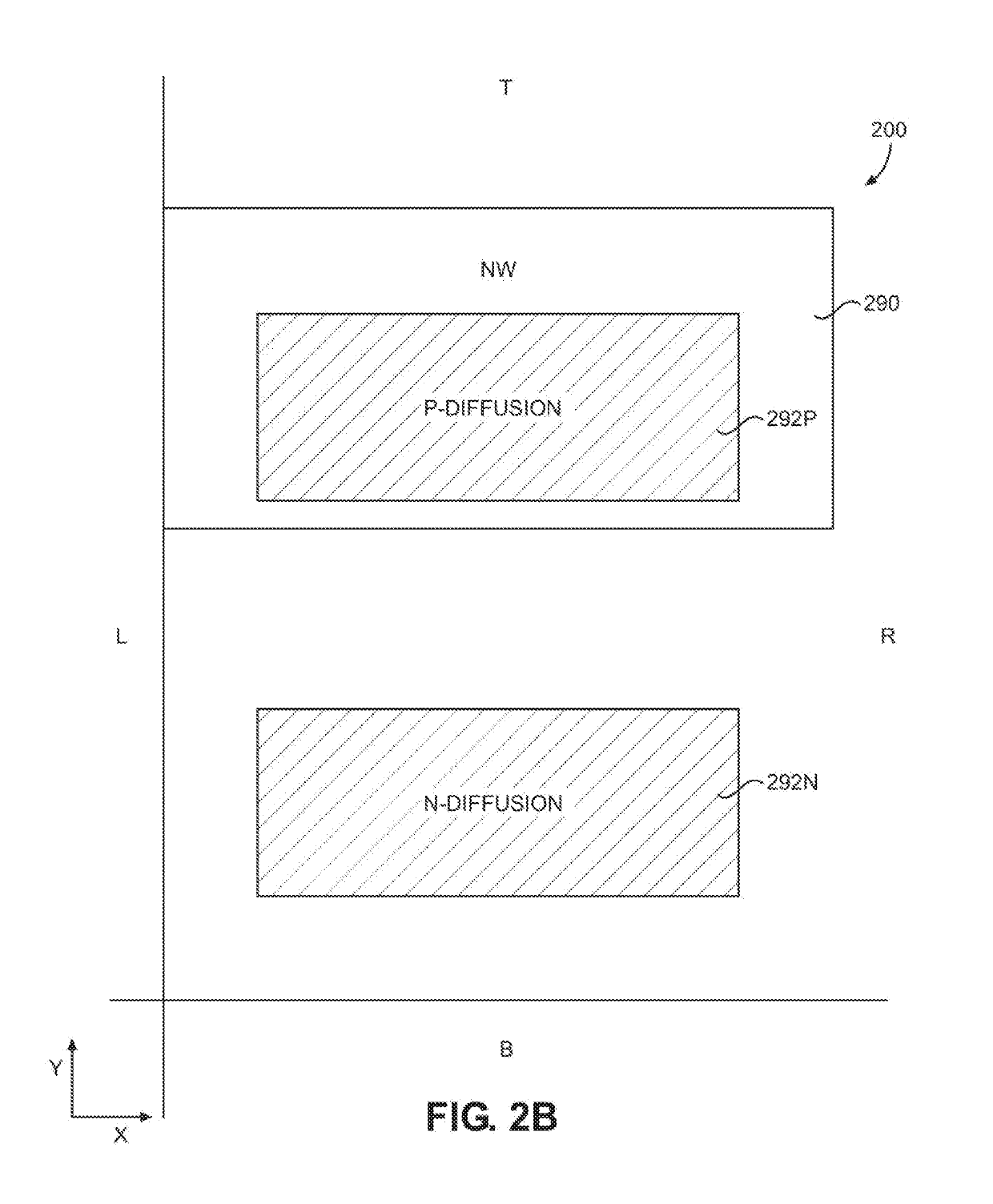Engineering change order (ECO) cell architecture and implementation
a cell and engineering change technology, applied in the field of engineering change order (eco) designs, can solve the problems of increasing the number of masks required in the manufacturing process, complex multi-mask process, and high cost of multi-mask processes
- Summary
- Abstract
- Description
- Claims
- Application Information
AI Technical Summary
Benefits of technology
Problems solved by technology
Method used
Image
Examples
Embodiment Construction
[0050]With reference now to the drawing figures, several exemplary aspects of the present disclosure are described. The word “exemplary” is used herein to mean “serving as an example, instance, or illustration.” Any aspect described herein as “exemplary” is not necessarily to be construed as preferred or advantageous over other aspects,
[0051]Aspects disclosed in the detailed description include engineering change order (ECO) cell architecture and implementation. In particular, exemplary aspects disclosed herein provide a generic cell structure that may be readily modified to effect an ECO without requiring extensive mask changes beyond one or two levels including the level in which the cell is located. Further, this generic cell structure can be “parked” fairly deep in the manufacturing process, such as in the middle-end-of-line (MEOL), so that fewer changes to other masks are needed in the event of a change. The generic cell may further act as a filler cell for pattern density. Inc...
PUM
| Property | Measurement | Unit |
|---|---|---|
| sizes | aaaaa | aaaaa |
| size | aaaaa | aaaaa |
| time | aaaaa | aaaaa |
Abstract
Description
Claims
Application Information
 Login to View More
Login to View More - R&D
- Intellectual Property
- Life Sciences
- Materials
- Tech Scout
- Unparalleled Data Quality
- Higher Quality Content
- 60% Fewer Hallucinations
Browse by: Latest US Patents, China's latest patents, Technical Efficacy Thesaurus, Application Domain, Technology Topic, Popular Technical Reports.
© 2025 PatSnap. All rights reserved.Legal|Privacy policy|Modern Slavery Act Transparency Statement|Sitemap|About US| Contact US: help@patsnap.com



